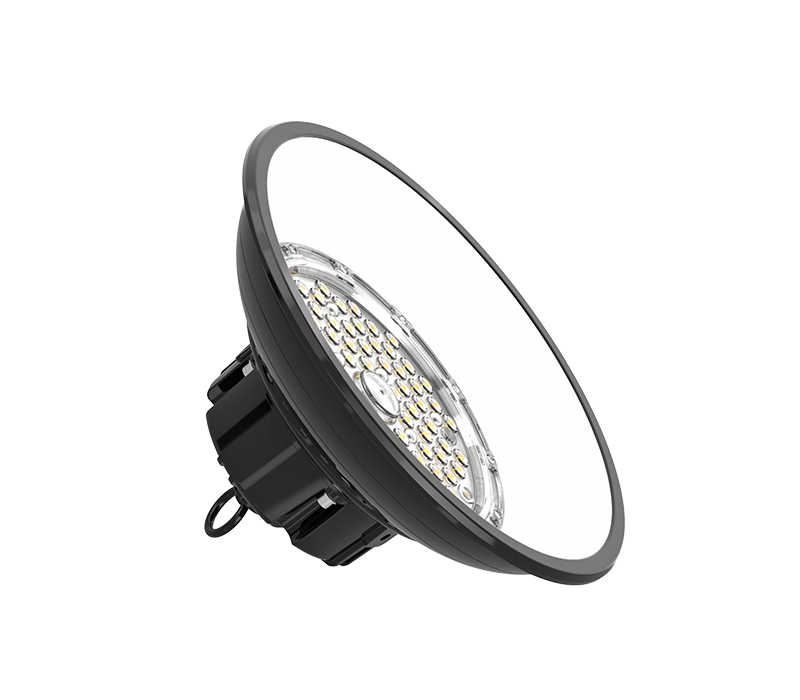

time:2021-10-12 Views:22
When electrons and holes recombine, they can radiate visible light, so they can be used to make photodiodes. As an indicator light for circuits and instruments, or form a text or digital display. Gallium arsenide diodes are red, gallium phosphide diodes are green, silicon carbide diodes are yellow, and gallium nitride diodes are blue. Due to chemical properties, it can be divided into organic photodiodes and inorganic photodiodes.
Photodiode is a commonly used light-emitting device, which emits energy through the combination of electrons and holes, and is widely used in the field of lighting. Photodiodes can effectively convert electrical energy into light energy, and are widely used in modern societies such as lighting, flat panel displays, and medical equipment. This kind of electronic component appeared as early as 1962. In the early days, it could only emit low-light red light, and then other monochromatic light versions were developed. So far, visible light, infrared rays, and ultraviolet rays have spread, and the luminosity has also increased to a considerable luminosity. The use has also been used as indicator lights and display panels from the beginning; with the continuous advancement of technology, photodiodes have been widely used in display and lighting.

The core part of the photodiode is a wafer composed of P-type semiconductor and N-type semiconductor. There is a transition layer between the P-type semiconductor and the N-type semiconductor, which is called a PN junction. In the PN junction of some semiconductor materials, when the injected minority carriers recombine with most carriers, excess energy will be released in the form of light, which directly converts electrical energy into light energy. Adding a reverse voltage to PN makes it difficult to inject minority carriers without emitting light. Positive voltage is applied to both ends of the positive working state). When the current flows from the LED anode to the cathode, the semiconductor crystal will emit different colors of ultraviolet and infrared, and the intensity of the light is related to the current.